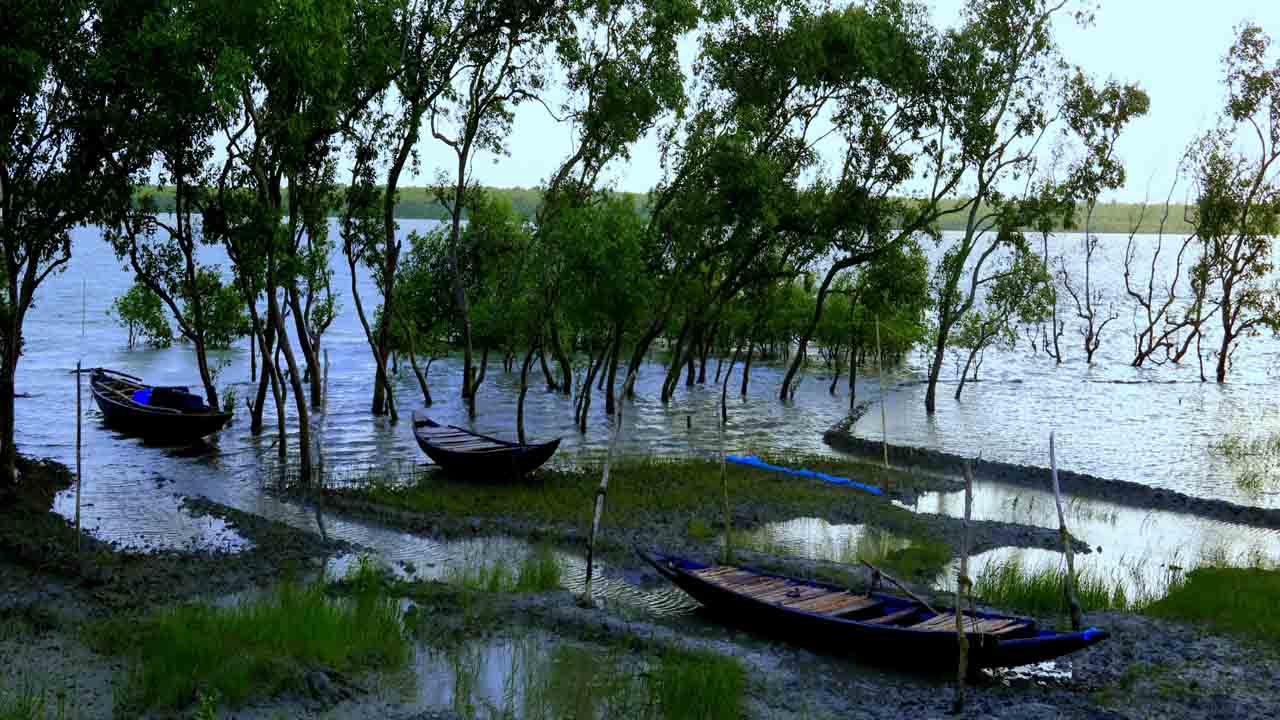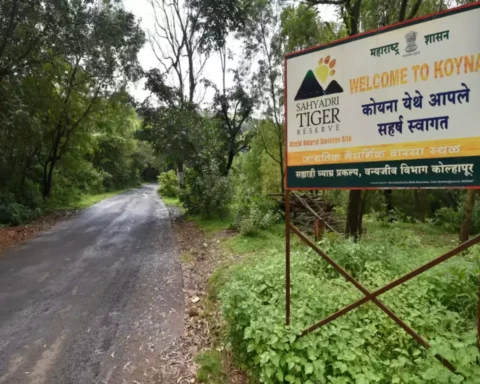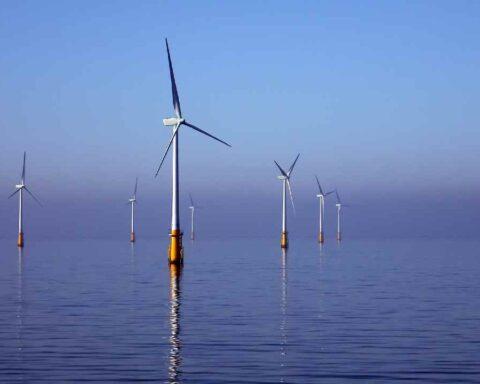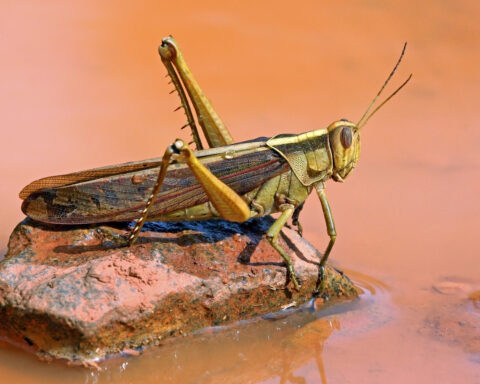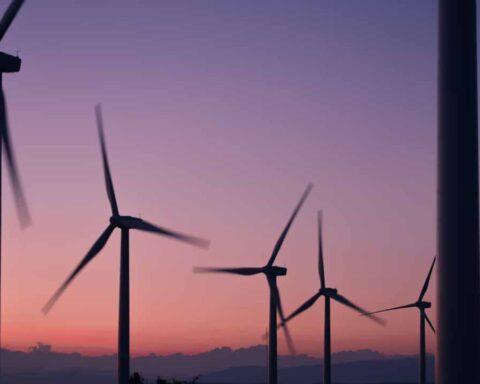Two new Ramsar sites, Khijadia Wildlife Sanctuary in Gujarat and Bakhira Wildlife Sanctuary in Uttar Pradesh were announced and a National Wetland Decadal Change Atlas was released on the occasion of World Wetlands Day 2022.
Wetlands contribute to the environment in many ways, including regulating the amount of water, replenishing groundwater, protecting the ecosystem from floods and droughts, controlling erosion and transporting sediment. It is also an important habitat for migratory birds and other species. However, threats such as wetland drainage, construction, climate change and landfills are all contributing to the degradation of these natural habitats.
All 49 Ramsar Sites together now cover 10,93,636 ha, the highest in South Asia. Bakhira Wildlife Sanctuary provides a safe wintering and staging ground for a large number of special Central Asian Flyway, while Khijadia Wildlife Sanctuary is a coastal wetland with rich avifaunal diversity providing a safe habitat to endangered and vulnerable species.
Union Environment Minister Bhupendra Yadav said, “Development and environment should walk together in a perennial manner; 40 per cent of biodiversity comes from the wetland.” Furthermore, while stressing the importance of wetland day, he said, “Today is International Wetland Day. There are more than two lakhs of small ponds in India but there are also a few that need to be preserved. India has 52 national tiger forests in India. There are two blue tag beaches in India. We have added two Ramsar sites today.”
Haryana Chief Minister Manohar Lal Khattar, said, “There are 18,000 ponds in Haryana, now at least 6,000 ponds are overflowing and are full of dirt. We have formed Pond authority to take care of it. This authority this year aims to preserve/maintain 1,900 ponds.”
National Wetland Decadal Change Atlas prepared by the Space Applications Centre (SAC), Ahmedabad released highlighting the changes which have happened in Wetlands across the country in the past decade pic.twitter.com/mrPchDZIK3
— DD News (@DDNewslive) February 2, 2022
The aim of the Ramsar list is “to develop and maintain an international network of wetlands, which are important for the conservation of global biological diversity and for sustaining human life through the maintenance of their ecosystem components, processes and benefits.”
What are wetlands?
Wetlands are areas where water covers the soil or is present either at or near the surface of the soil all year or for varying periods of time during the year, including during the growing season. Water saturation (hydrology) largely determines how the soil develops and the types of plant and animal communities living in and on the soil. Wetlands may support both aquatic and terrestrial species. Situated in the heart of South America, the Pantanal is the world’s largest tropical wetland. At 42 million acres, the Pantanal covers an area slightly larger than England and sprawls across three countries—Bolivia, Brazil and Paraguay.
How many wetlands are there in India?
With the announcement of Khijadia Wildlife Sanctuary in Gujarat and Bakhira Wildlife Sanctuary in Uttar Pradesh as the latest Ramsar sites, i.e., wetlands of international importance, India now has 49 Ramsar Sites. Sunderbans Wetland in West Bengal, covering 4230 sq. km, is the largest wetland in India.
Also Read: Four more sites of India added to Ramsar list as wetlands of international importance
List of Ramsar sites in India
| Ramsar Sites in India | State |
| Haiderpur Wetland | Uttar Pradesh |
| Sultanpur National Park | Haryana |
| Bhindawas Wildlife Sanctuary | Haryana |
| Thol Lake Wildlife Sanctuary | Gujarat |
| Wadhvana Wetland | Gujarat |
| Ashtamudi Wetland | Kerala |
| Beas Conservation Reserve | Punjab |
| Bhitarkanika Mangroves | Odisha |
| Bhoj Wetlands | Madhya Pradesh |
| Chandra Taal | Himachal Pradesh |
| Chilika Lake | Odisha |
| Deepor Beel | Assam |
| East Kolkata Wetlands | West Bengal |
| Harike Wetlands | Punjab |
| Hokera Wetland | Jammu & Kashmir |
| Kanjli Wetland | Punjab |
| Keoladeo National Park | Rajasthan |
| Keshopur-Miani Community Reserve | Punjab |
| Kolleru lake | Andhra Pradesh |
| Loktak lake | Manipur |
| Nalsarovar Bird sanctuary | Gujarat |
| Nandur Madhameshwar | Maharashtra |
| Nangal Wildlife Sanctuary | Punjab |
| Nawabganj Bird Sanctuary | Uttar Pradesh |
| Parvati Agra Bird Sanctuary | Uttar Pradesh |
| Point Calimere Wildlife and Bird Sanctuary | Tamil Nadu |
| Pong Dam lake | Himachal Pradesh |
| Renuka lake | Himachal Pradesh |
| Ropar Wetland | Punjab |
| Rudrasagar Lake | Tripura |
| Saman Bird Sanctuary | Uttar Pradesh |
| Samaspur Bird Sanctuary | Uttar Pradesh |
| Sambhar lake | Rajasthan |
| Sandi Bird Sanctuary | Uttar Pradesh |
| Sarsai Nawar Jheel | Uttar Pradesh |
| Sasthamkotta lake | Kerala |
| Surinsar- Mansar lakes | Jammu & Kashmir |
| Tsomoriri | Ladakh |
| Upper Ganga river | Uttar Pradesh |
| Vembanad Kol Wetland | Kerala |
| Wular lake | Jammu & Kashmir |
| Sunderban Wetland | West Bengal |
| Asan Barrage | Uttarakhand |
| Kanwar Lake or Kabal Taal | Bihar |
| Lonar Lake | Maharashtra |
| Sur Sarovar | Uttar Pradesh |
| Tso Kar Wetland Complex | Ladakh |
| Khijadia Wildlife Sanctuary | Gujarat |
| Bakhira Wildlife Sanctuary | Uttar Pradesh |
Why World Wetlands Day is celebrated?
World Wetlands Day is an environmentally related celebration that dates back to the year 1971 when several environmentalists gathered to reaffirm the protection and love for wetlands. The World Wetlands Secretary Department is originally from Gland, Switzerland and in accordance with the beginning of World Wetlands Day, the Ramsar convention first attributed this recognition to the Iranian city of Ramsar on the shores of the Caspian Sea.
World Wetlands Day is celebrated on the second day of February every year. This day serves to recognise the influence and positive production that wetlands have had on the world and brings communities together for the benefit of nature. This day also raises global awareness on the impact of wetlands on people and planet.
Theme of World Wetland Day 2022
The theme for this year’s World Wetlands Day is Wetland’s Action for People and Nature, showing the actions required to ensure the conservation and sustenance of wetlands.

